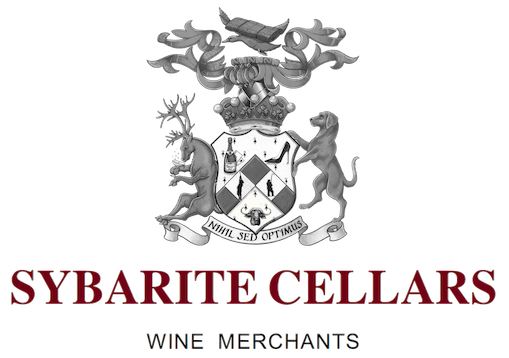VinEcology
Vineyards shape important economic, cultural, and ecological systems in many temperate biomes. Like other agricultural systems, they can be multifunctional landscapes that not only produce grapes, but also for example serve as wildlife habitat, sequester carbon, and are places of rich traditions.
VinEcology is the integration of ecological and viticultural principles and practices; it contextualises sustainable land management within a specific agricultural sector and serves as an entry point to biodiversity conservation in an economically and biologically important biome.
Figure 1
The working landscape of a ecologically sustainable vineyard with a mosaic of agriculture, primary forest, and shrublands, riparian areas and wetlands, and modified buffer lands. Vinecology is practiced across the landscape and at multiple scales, such as between vine rows (see inset). Labels (H, W, S) are indexed in Table 1 >
Sustainability Vinification
Sustainability refers to a range of practices that are not only ecologically sound, but also economically viable and socially responsible.
Sustainable winegrowers may have large organic or biodynamic viticultural practices but have flexibility to choose what works best for their individual vineyards; they may also focus on energy and water conservation, use of renewable resources and other issues. Some third-party wine production agencies offer sustainability certifications, and many regional industry associations are working on developing clearer standards.
Choose Cork!
…a near perfect example of wildlife habitat enhancement, renewable production and sustainable land use, and the simple fact is, cork makes wine taste better.
"It’s indisputable that wine drinkers prefer natural cork. Some know the science - oxygen ingress, non-permeability, fault rates less than 1%. Some understand the environmental benefits - CO2 sequestration, 100% sustainable and renewable. Others just like the pop.”1
All around the Mediterranean, cork forests grow naturally and are native to the land where cork is harvested. They do not supplant other best uses of the land, they are the best use, perfectly adapted to the soil, the water, the geography. They both benefit from and shape the environment where they have grown for thousands of years. They are a valuable resource that provides food and habitat for indigenous mammals and birds (Iberian Imperial Eagle, Barbary Deer, Iberian Lynx…), cover for other flora and protection against erosion.
Cork harvesting is an environmentally friendly process during which not a single tree is cut down, and the cork industry is a near perfect example of renewable production. As the WWF says, "Choose Cork!"
Better Wine
We believe that the ‘integration of ecological and viticultural principles and practices’ can produce better solutions for wine production and nature conservation, where the goal is a diverse landscape that yields sustainable economic benefits, species and habitat protection, and long-term provision of a full range of ecosystems.
Whenever possible, Sybarite Cellars will buy and sell ‘sensual pleasuring’ wines that are produced ‘naturally’ or from ‘organic’ and/or ‘biodynamic’ vintners or wine producers - and together with many vinecologists, we would argue, that ecologically sound practices simply produce a better glass of wine.
1 100% Cork (2014) http://100percentcork.org/why-cork/ 100% Cork, viewed 21 May 2018, <http://100percentcork.org/why-cork/>.

Figure 1 (Table 1)


